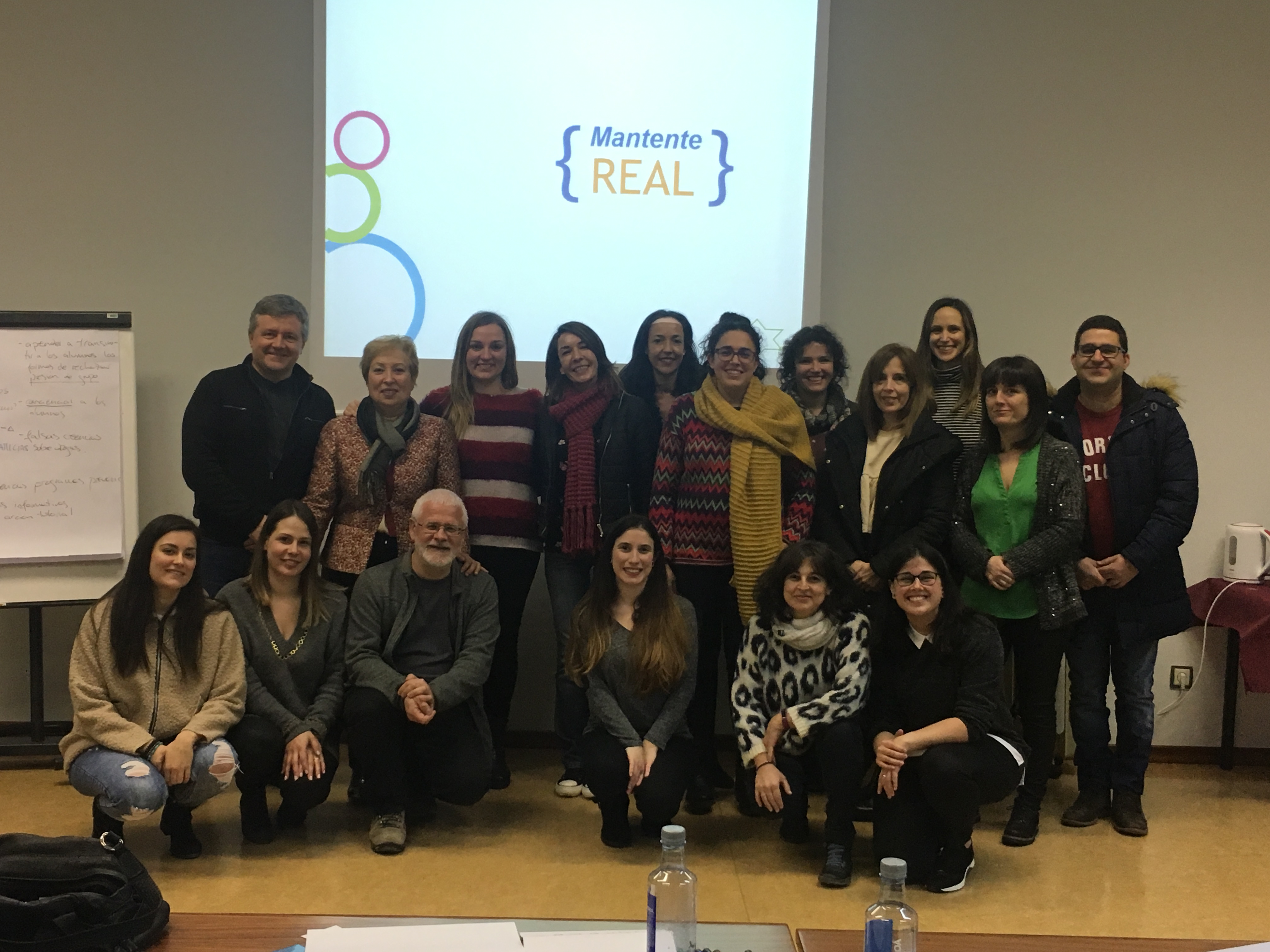keepin' it REAL / Mantente REAL España Pilot Test

Students were in the first year of middle school, equivalent to 7th grade in the USA. Students were 11 to 15 years of age (mean=12.2)and 47% female
Arizona State University - Arizona, U.S. - Flavio F. Marsiglia, PhD (Principal Investigator), Stephen Kulis, PhD (Director of Research), Grace Alderson (Program Coordinator), Mary Harthun (Curriculum Development and Teacher Training)
Universidad Pablo de Olavide – Sevilla, Spain - David Alarcón Rubio, PhD (Co-Principal Investigator), Isotta Mac Fadden, PhD (Project Coordinator), Cristina Villalba Quesada, PhD (Research Team)
Universidad de Santigao de Compostela, Spain - José Antón Gómez Fraguela, PhD (Principal Investigator), Olalla Cutrín Mosteiro, PhD (Project Coordinator), Lorena Maneiro Boo, PhD (Research Team), María Patricia Navas Sánchez (Research Team)
In collaboration with the University of Santiago de Compostela and University Pablo de Olavide (Seville) Spain, GCAHR implemented and tested the effectiveness of the keepin' it REAL (Mantente REAL) substance use prevention program after adapting the program to the Spanish social and cultural context. The test contrasted two distinctive regions of Spain, north, and south.
Prevention of alcohol, tobacco, and other drug use by early adolescents
The sample was composed of 755 adolescents from 12 state secondary schools in Spain, 6 in Santiago de Compostela (Galicia region), and 6 in Sevilla (Andalucía region). Schools in each city were randomly assigned to implement the program (experimental group) or to serve as a non-implementing comparison group (control). Pre-test and post-test questionnaire data were collected from students to evaluate the effectiveness of the program.
The culturally adapted version of Mantente REAL was effective in preventing alcohol use among both Spanish youths in both regions. Students participating in the program demonstrated changes in the desired direction on alcohol frequency and intoxication episodes.